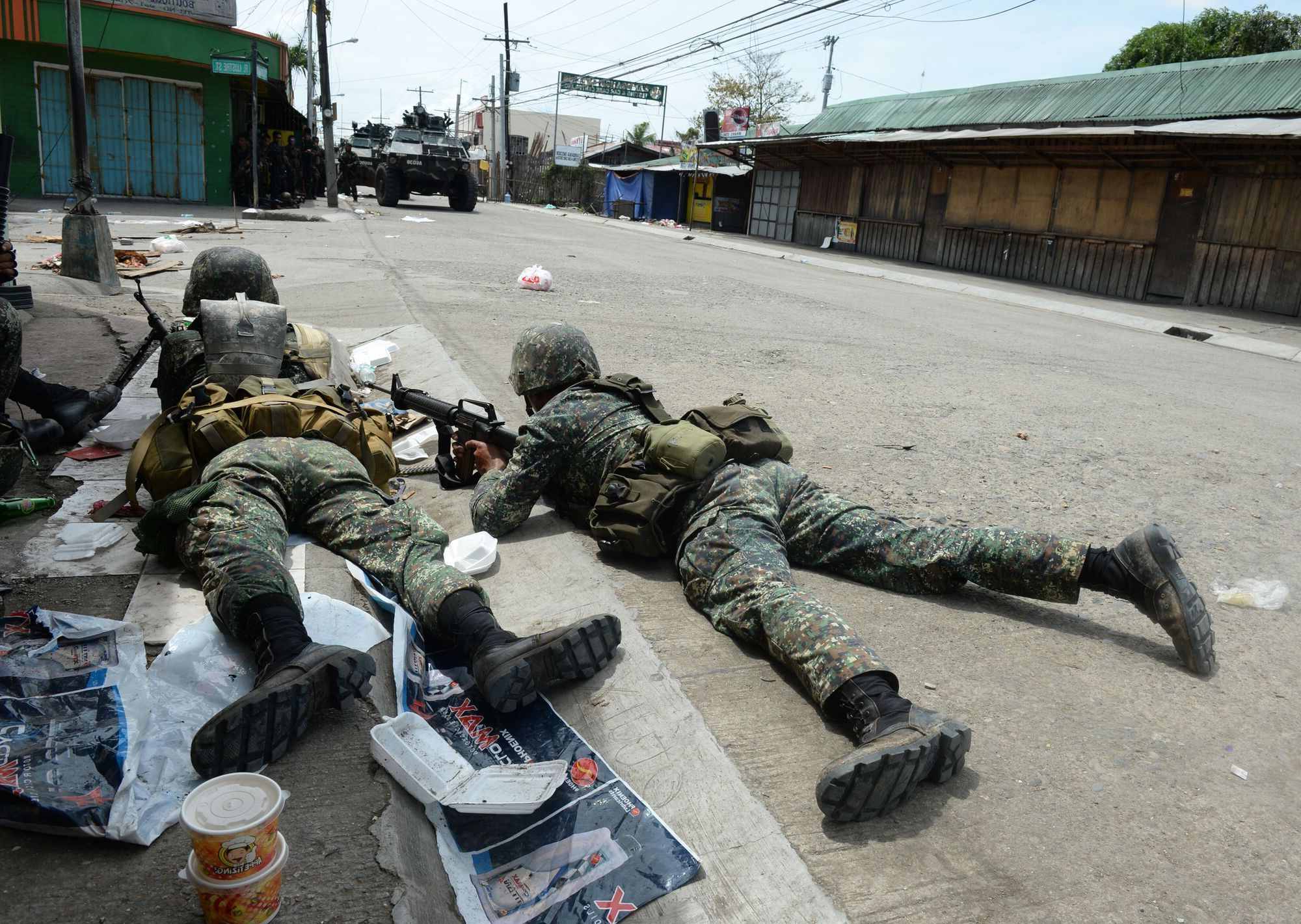
What happened during the Zamboanga City Crisis? In September 2013, Zamboanga City in the Philippines faced a major crisis when armed members of the Moro National Liberation Front (MNLF) clashed with government forces. This conflict lasted for nearly three weeks, resulting in significant destruction, displacement, and loss of life. Thousands of residents were forced to flee their homes, seeking refuge in temporary shelters. The standoff caused widespread panic, disrupted daily life, and left parts of the city in ruins. Efforts to restore peace and rebuild the community took months, highlighting the resilience and unity of the people affected by this tragic event.
Key Takeaways:
- The Zamboanga City Crisis in 2013 caused widespread damage, displacing over 100,000 residents and leading to casualties on both sides. Efforts for recovery and lasting peace continue in the region.
- The crisis highlighted the need for improved disaster response and management, as well as the importance of addressing the root causes of conflict in Mindanao. It serves as a reminder of the challenges ahead in achieving lasting peace.
The Beginning of the Zamboanga City Crisis
The Zamboanga City Crisis, also known as the Zamboanga Siege, was a significant event in the Philippines' recent history. It involved intense conflict and had far-reaching consequences for the city and its residents.
- The crisis began on September 9, 2013, when members of the Moro National Liberation Front (MNLF) entered Zamboanga City.
- The MNLF faction, led by Nur Misuari, aimed to declare independence and establish the "Bangsamoro Republik."
- Around 200 MNLF fighters took over several coastal barangays (villages) in Zamboanga City.
- The conflict resulted in a standoff between the MNLF fighters and the Armed Forces of the Philippines (AFP).
The Impact on Zamboanga City
The siege had a profound impact on the city, affecting thousands of residents and causing widespread damage.
- Over 100,000 residents were displaced due to the fighting.
- The conflict led to the destruction of more than 10,000 homes.
- Several schools and public buildings were damaged or destroyed.
- The local economy suffered significant losses, with many businesses forced to close.
The Humanitarian Crisis
The Zamboanga City Crisis created a severe humanitarian situation, with many residents needing urgent assistance.
- Displaced residents were housed in temporary shelters, including sports complexes and schools.
- The government and various non-governmental organizations (NGOs) provided food, water, and medical aid to those affected.
- The crisis highlighted the need for improved disaster response and management in the Philippines.
- Many displaced residents faced long-term challenges in rebuilding their lives and homes.
The Military Response
The Armed Forces of the Philippines played a crucial role in responding to the crisis and restoring order in the city.
- The AFP launched a major military operation to retake the areas occupied by the MNLF fighters.
- The operation involved ground troops, artillery, and air support.
- The military faced challenges in conducting operations in densely populated urban areas.
- The siege lasted for 20 days, ending on September 28, 2013.
Casualties and Losses
The conflict resulted in significant casualties and losses on both sides.
- Over 200 people were killed during the siege, including MNLF fighters, AFP soldiers, and civilians.
- Hundreds more were injured in the fighting.
- The crisis also resulted in the capture of many MNLF fighters by the AFP.
- The conflict highlighted the ongoing tensions and challenges in the Mindanao region.
The Aftermath and Recovery
In the aftermath of the crisis, efforts were made to rebuild and recover from the devastation.
- The government launched a rehabilitation program to rebuild damaged infrastructure and homes.
- International organizations provided support for recovery and rebuilding efforts.
- The crisis prompted discussions on the need for lasting peace and stability in Mindanao.
- Many residents faced psychological trauma and needed mental health support.
Lessons Learned
The Zamboanga City Crisis offered important lessons for conflict resolution and disaster management.
- The crisis underscored the importance of addressing the root causes of conflict in Mindanao.
- It highlighted the need for effective communication and coordination between government agencies and NGOs.
- The event emphasized the importance of community resilience and preparedness in the face of conflict.
- The crisis led to increased awareness of the need for peacebuilding and reconciliation efforts.
The Path to Peace
Efforts to achieve lasting peace in Mindanao continue, with the Zamboanga City Crisis serving as a reminder of the challenges ahead.
Final Thoughts on the Zamboanga City Crisis
The Zamboanga City Crisis of 2013 left a lasting impact on the community. Over 200 people lost their lives, and thousands were displaced. The conflict highlighted the need for better peace negotiations and conflict resolution strategies in the region. Despite the devastation, the resilience of the Zamboangueños shone through. They rebuilt their homes, lives, and community with determination. The crisis also brought attention to the importance of humanitarian aid and international support in times of conflict. Understanding the events and their aftermath helps us appreciate the strength and unity of the people affected. It also serves as a reminder of the ongoing need for peace and stability in conflict-prone areas. The Zamboanga City Crisis remains a significant chapter in the history of the Philippines, teaching valuable lessons about courage, recovery, and the human spirit.
Frequently Asked Questions
Was this page helpful?
Our commitment to delivering trustworthy and engaging content is at the heart of what we do. Each fact on our site is contributed by real users like you, bringing a wealth of diverse insights and information. To ensure the highest standards of accuracy and reliability, our dedicated editors meticulously review each submission. This process guarantees that the facts we share are not only fascinating but also credible. Trust in our commitment to quality and authenticity as you explore and learn with us.
